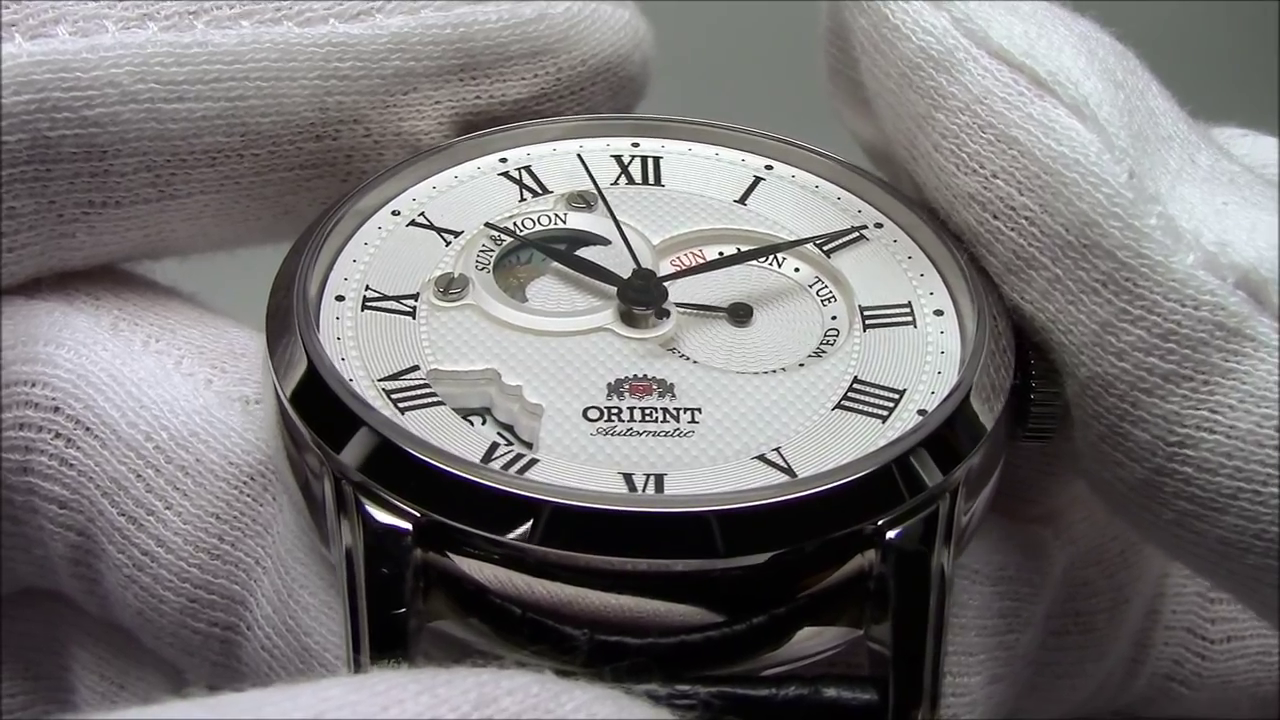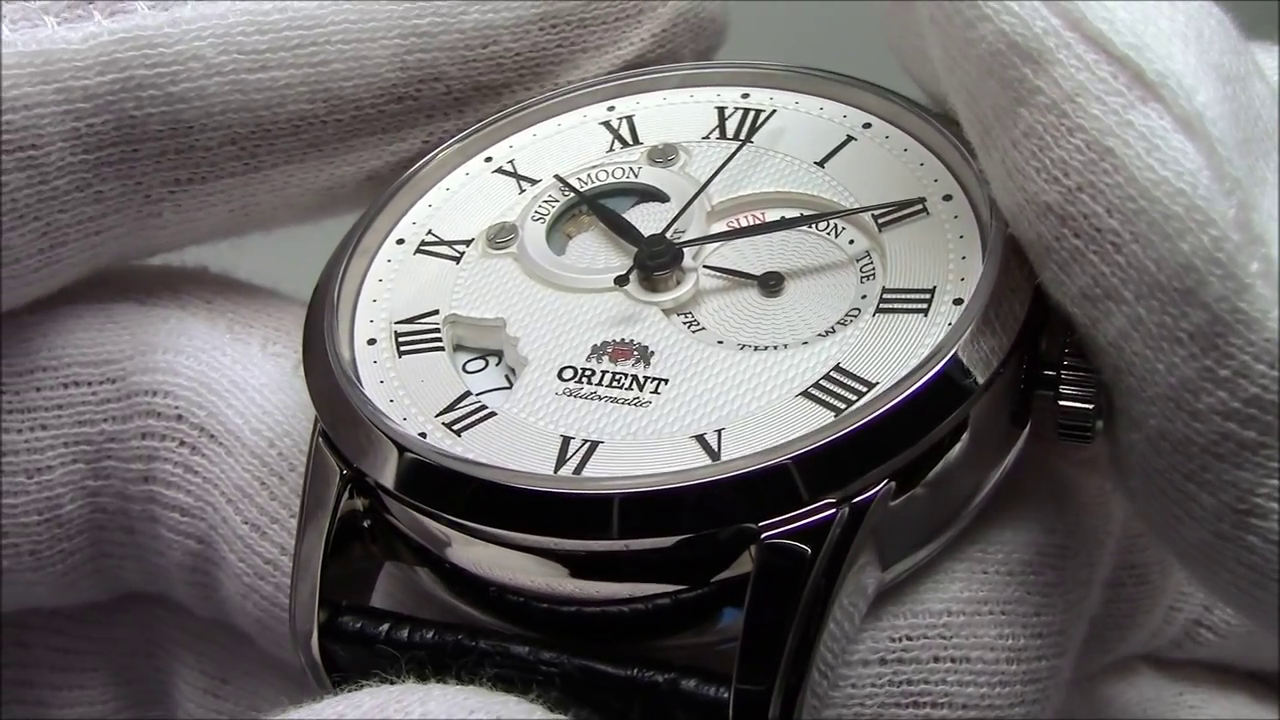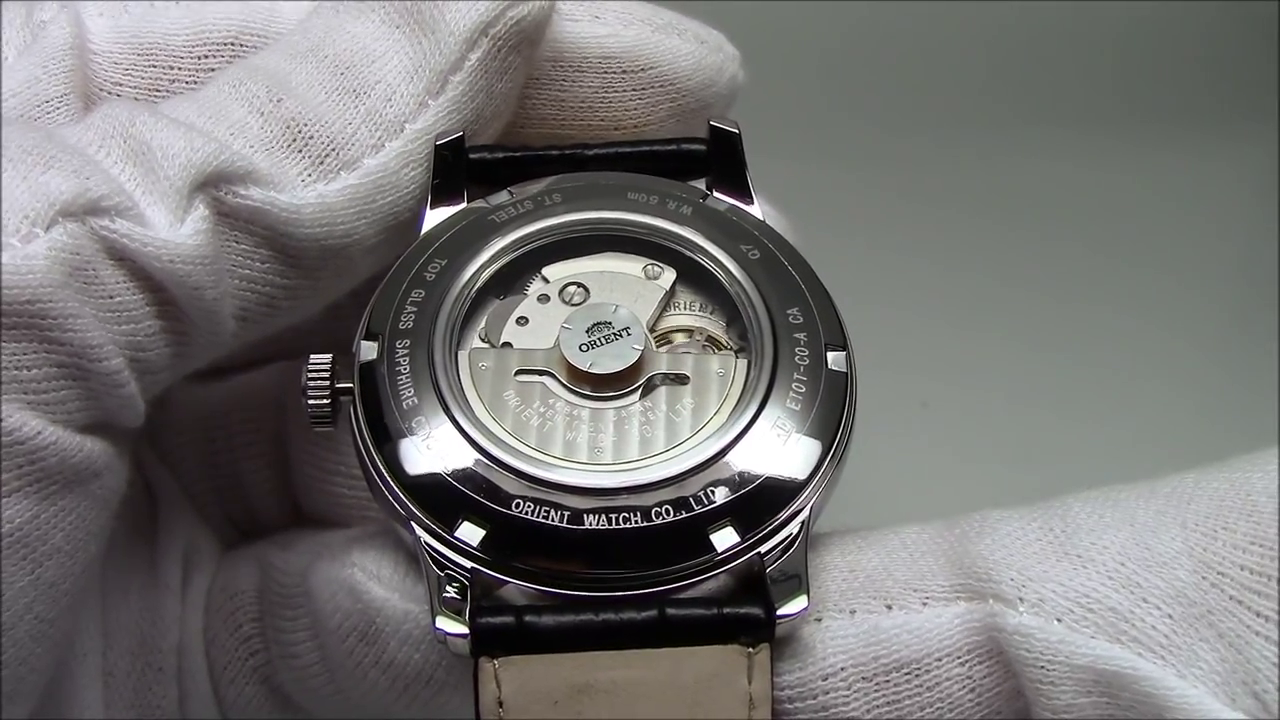I remember the afternoon of 12 February 1983 very clearly.
I’m six years old and I spend what feels like several hours swinging back and forth on the front gate of our house in Lahore, Pakistan.
Why? Because my father is there, with my seven month old sister in his arms, pacing up and down the driveway and across the front of our house, looking increasingly concerned.
My mother, Shahla Zia, whose 36th birthday it is that day, isn’t home. I don’t know where she is, really. I just know that she was full of energy when she left with her friends and work colleagues.
Me and my father in, I think, 1980. I would have been four years old at the time.
§
Many years and several women’s day marches later I connect the dots: this is the day the women’s movement in Pakistan celebrates as National Women's Day (or Pakistan Women’s Day, as it was called back then).
On this day, some three decades ago, 200 women activists took a stand for all the women of Pakistan. The year was 1983. Images of these women being beaten up by the police are now part of the country’s searing conscience.
These women defied the military dictatorship of the day by taking out a public demonstration in Lahore, despite martial law regulations that outlawed political activities, processions and public protests. These iconic women of the Women’s Action Forum (WAF) in collaboration with Pakistan Women Lawyers’ Association (PWLA) carried out a rally from Hall Road Lahore to the Lahore High Court to file a petition against the law of evidence which would reduce the testimony of women to half that of men. The accumulative trigger was the dictatorship’s unrelenting push to rescind women’s rights.
History has it that when these women reached the high court, the revolutionary poet Habib Jalib came to show solidarity with these women for their struggle for an egalitarian, democratic and progressive society and world order. He was beaten up by the police along with the women who were put behind bars for several hours.
‘National Women’s Day: Memoirs of trailblazing activists’ – Hassan Naqvi, The Express Tribune, 12 February 2014
Baton charge on protesters at Hall Road, Lahore. 12 February 1983. Photographer: Azhar Jaffery. (Source)
§
Today, on 12 February 2019, I’m in Melbourne, Australia.
I’m on the committee that’s organising this year’s International Women’s Day events at the company I work for. I’m working on a communications plan to showcase on social media how we're an employer of choice for women in Australia (as we have been since 2015).
One of the reasons I took this particular job (I got two job offers when I was looking for work last year) was because of how well Transurban scored on workplace gender equity. Now I get to tell people about it.
Compared to 1983 in Pakistan, I’m in a vastly different time and place – a vastly different world. A lot has changed. But, sadly, a lot hasn’t.
View from my office building on a rainy day.
§
Every year on 12 February my father writes a note to my mother, which he then sends to me and my siblings. (This year via WhatsApp!)
He writes about what we’re up to, where we are in our lives, and how proud he is of us. Three of us have kids (the other two, of which I am one, have pets) so he also talks about his grandkids and us as parents.
Ami and Abu, some time in the 1980s.
§
If she hadn’t died of cancer in 2005, Ami would’ve turned 72 today.
We all mark the occasion in our own ways, often with food – something Ami loved to eat. Today I’m having alu ka parathas for dinner.
I miss her.
Ami on her 50th birthday in Islamabad, Pakistan.
















